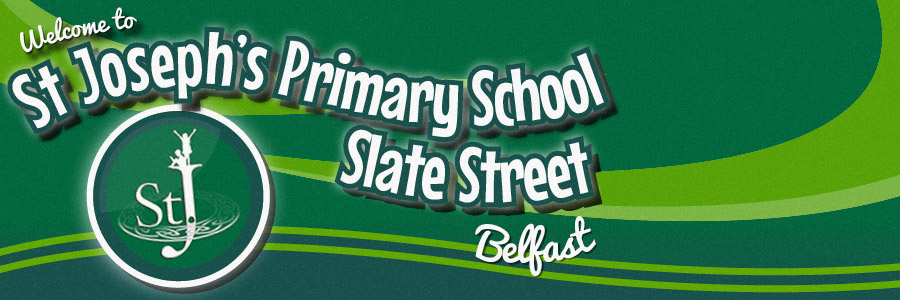The Amazon’s solar-powered river bus
How can you create public transport in the jungle without polluting it? The isolated Achuar peoples of Ecuador have created an ingenious solution.
Since April 2017, a canoe powered solely by solar energy travels back and forth along the 67-km (42-mile) stretch of the Capahuari and Pastaza rivers that connect the nine isolated settlements that live along their banks.
The boat Tapiatpia - named after a mythical electric eel in the area - gives the Amazon its first solar powered public transport system.
"The solar canoe is an ideal solution for this place because there is a network of interconnected navigable rivers and a great need for alternative transport," says Oliver Utne, a US environmentalist who has been working with the community since 2011.
The community previously relied entirely on gasoline canoes, known as peque peques, but they are expensive to run and only owned by a few families per village.
The canoe costs passengers just $1 (71p) each per stop, whereas peque peques cost $5-10 in gasoline for the same journey. Gasoline costs five times more here than in the capital Quito because there are no roads and it needs to be flown in.
Of course there is an environmental impact too - the canoe means no pollution in one of the world's richest areas of biodiversity.
With a roof of 32 solar panels mounted on a traditional canoe design of 16 x 2-metre (52 x 7-feet) fibreglass, Tapiaptia carries 18 passengers.
Its navigator, Hilario Saant, tells how the canoe is changing lives.
"We are helping the community when there are sick children. They call me on the radio and we take the children to the health centre," he says.
Similarly, more children are now at school because it is more affordable, and there are more inter-community sports events too.
St Josephs Primary School, 1a Slate St, Cullingtree Road, Belfast BT12 4LD Phone: 028 9032 3683
 Menu
Menu


